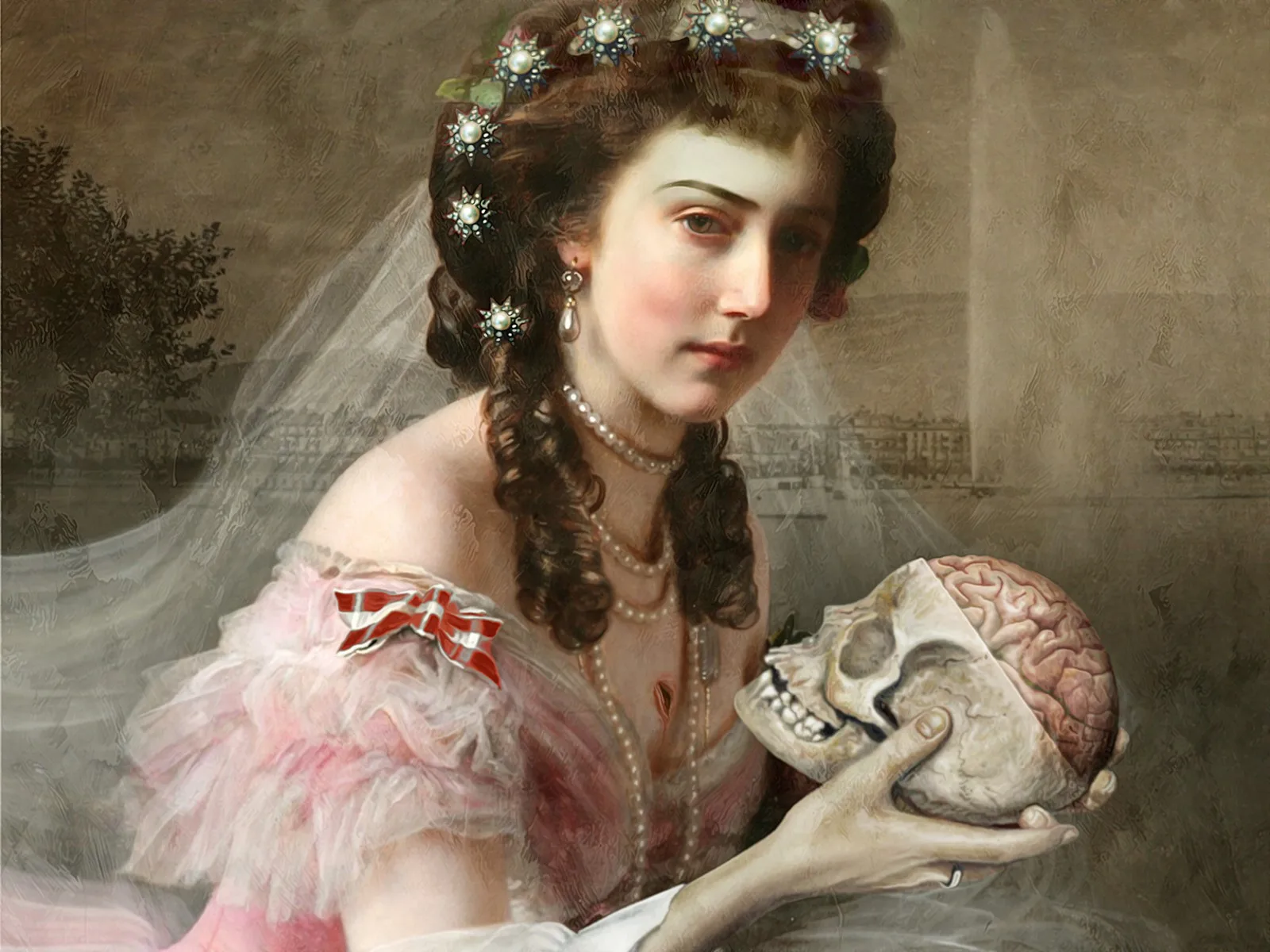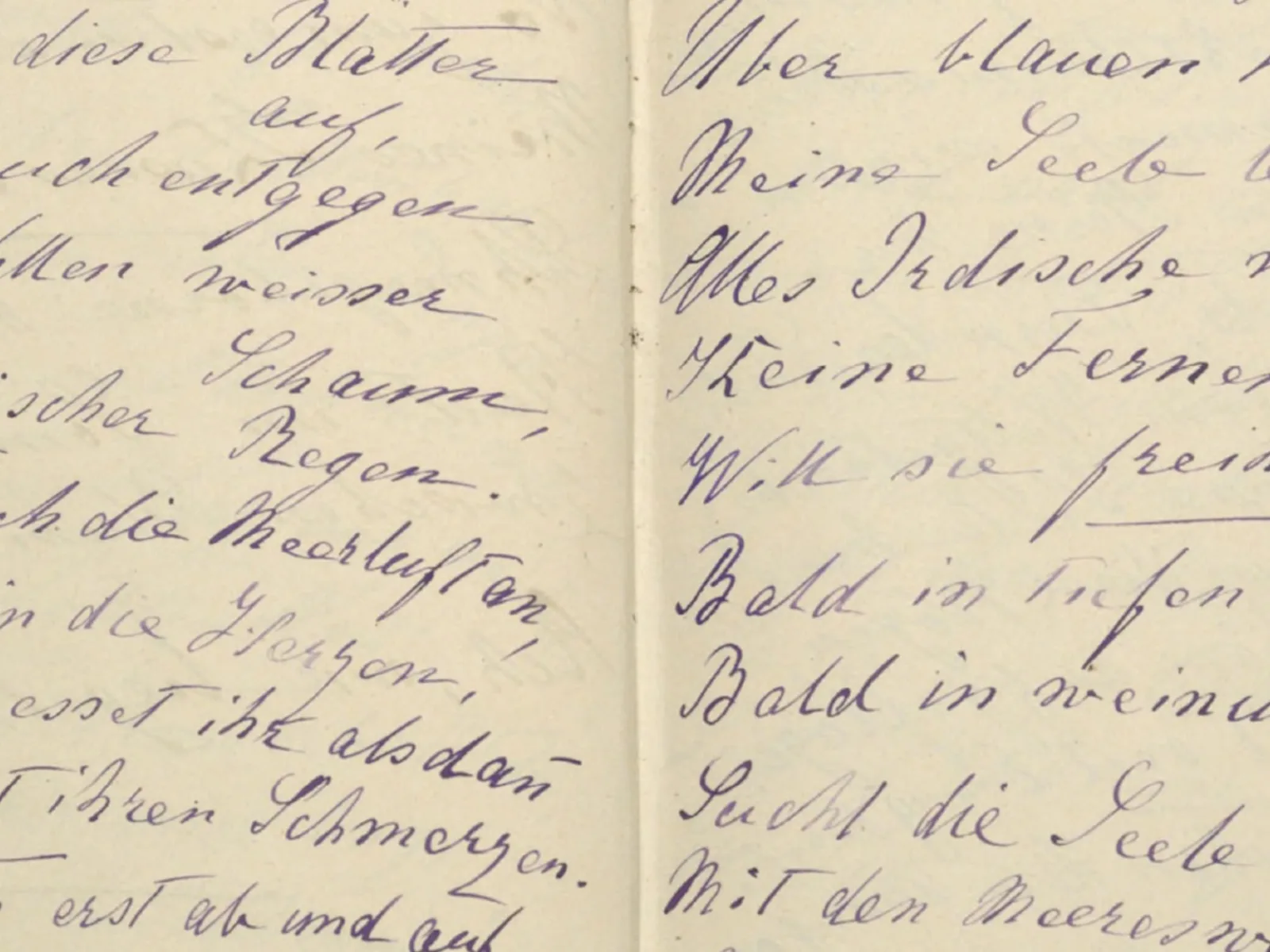
The royal seal of approval
Empress Elisabeth of Austria, better known as Sisi, visited Switzerland nine times and was an admirer of Swiss art, of which she purchased two pieces – setting in motion a trail of events that led all the way to the Federal Palace in Bern.
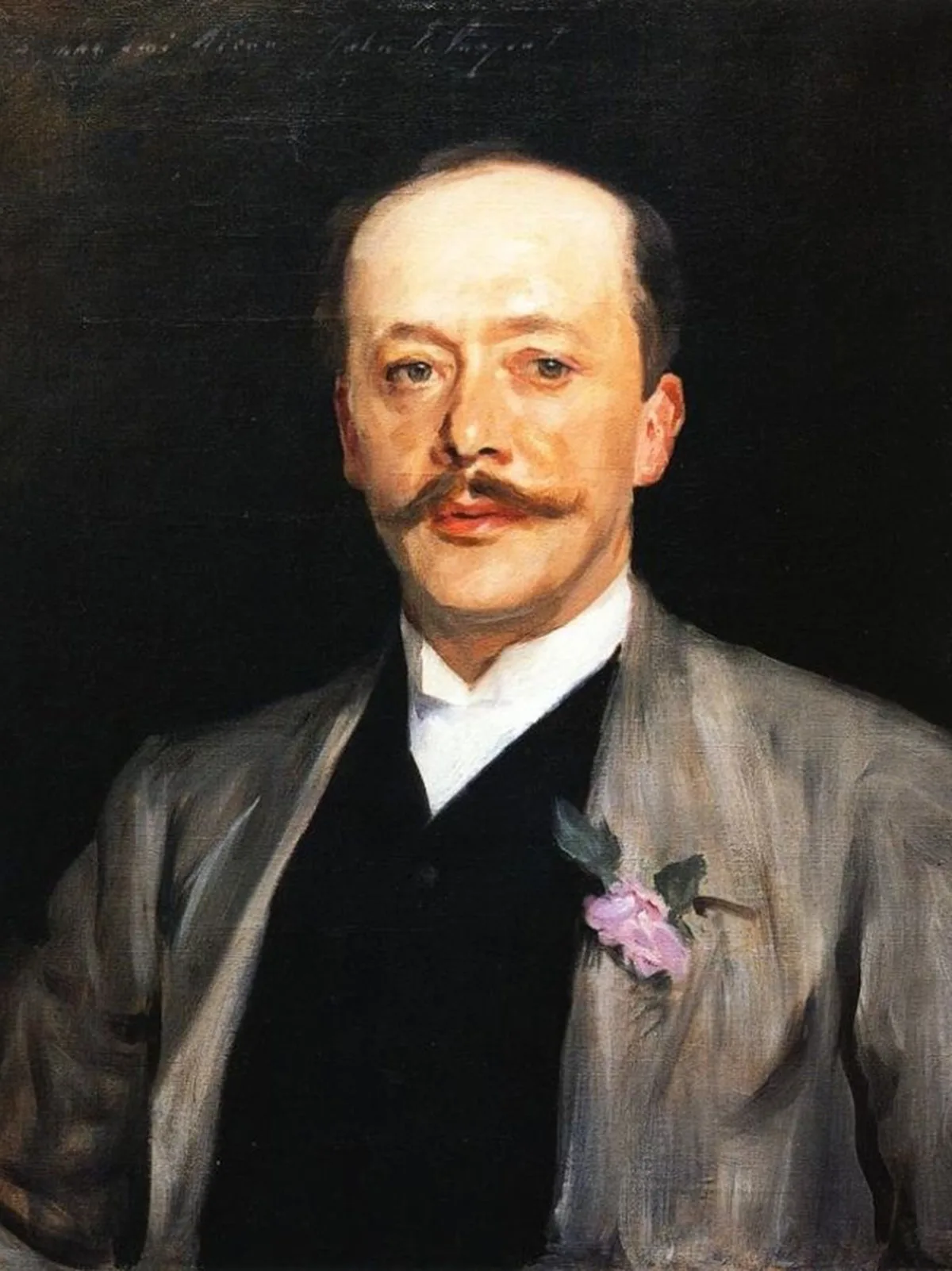
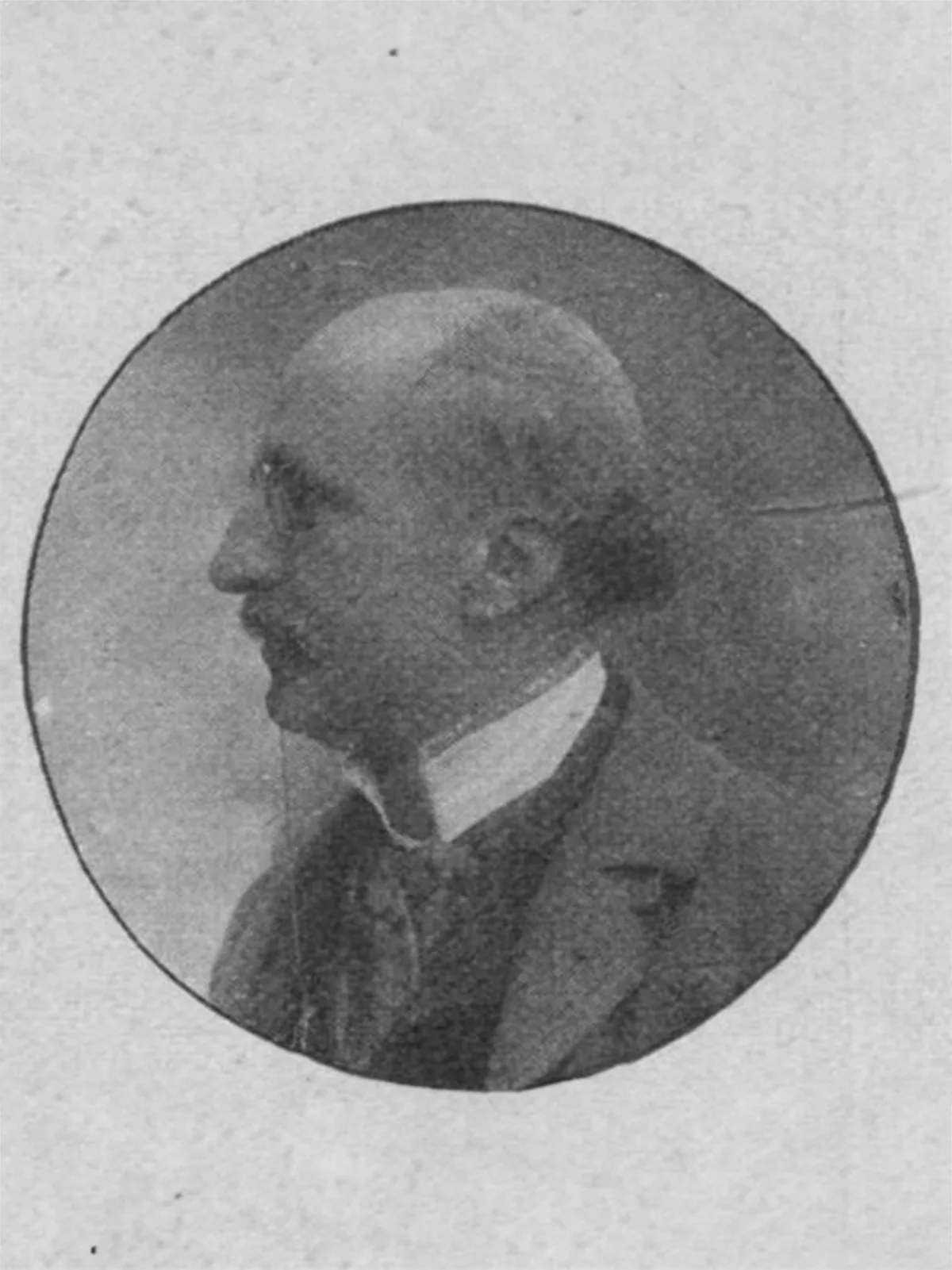

The statue and shrouded figure in the bedroom
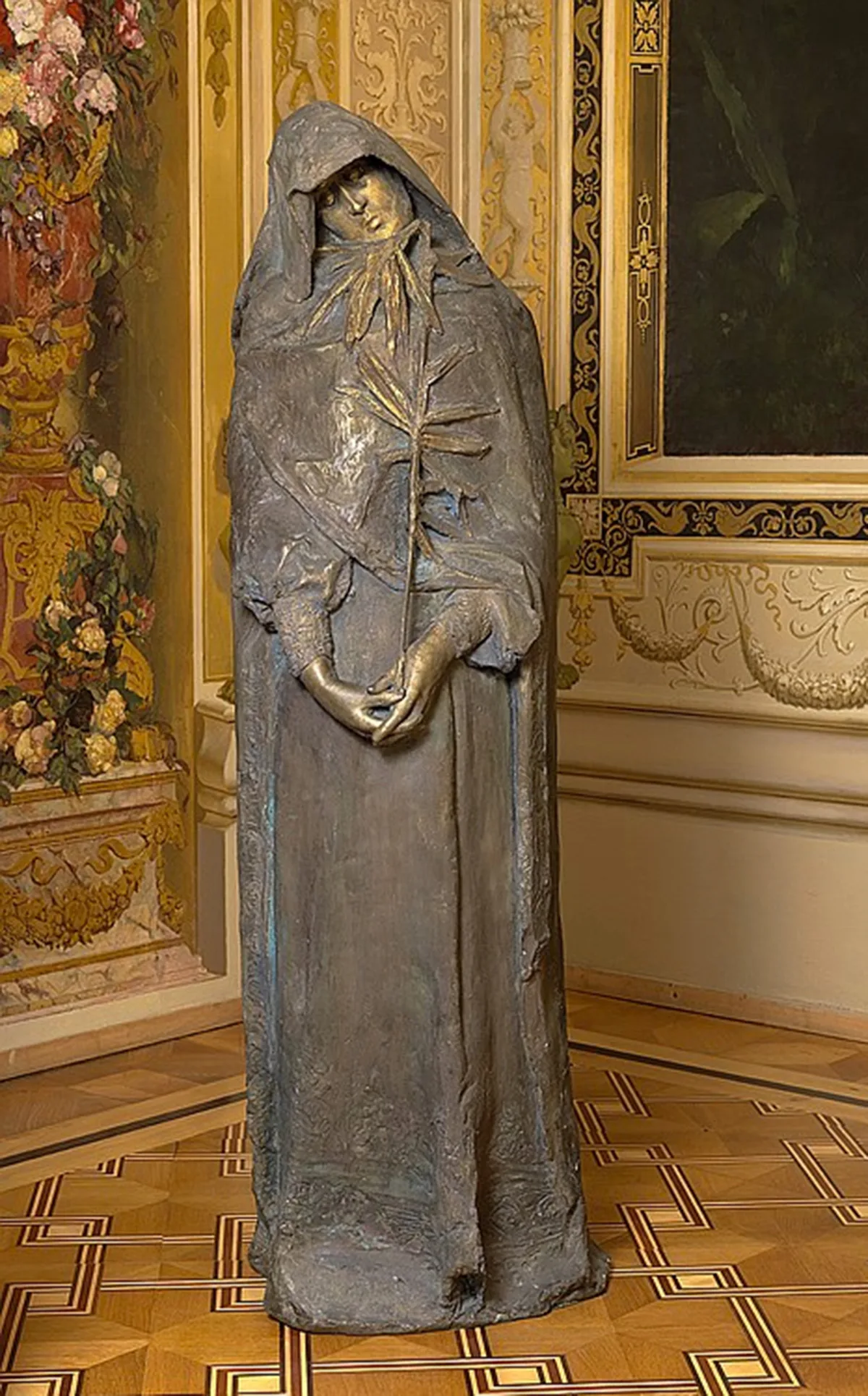

A grand unveiling and a royal faux pas

Visiting Royals – From Sisi to Queen Elizabeth
Although Switzerland has no royal tradition, royal families have long held a certain fascination for the Swiss. All royal visits, whether by an emperor, empress, king, queen, prince or princess, and for whatever reason, whether politics, business or personal, had one thing in common: they triggered – both then and now – immense excitement and fascination among the Swiss public. The exhibition demonstrates this through many pictures and exclusive possessions of these bluebloods.


